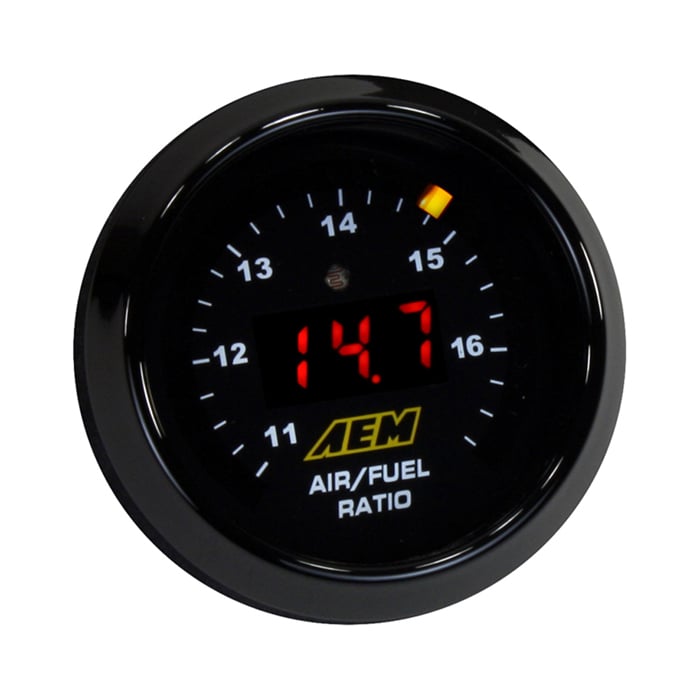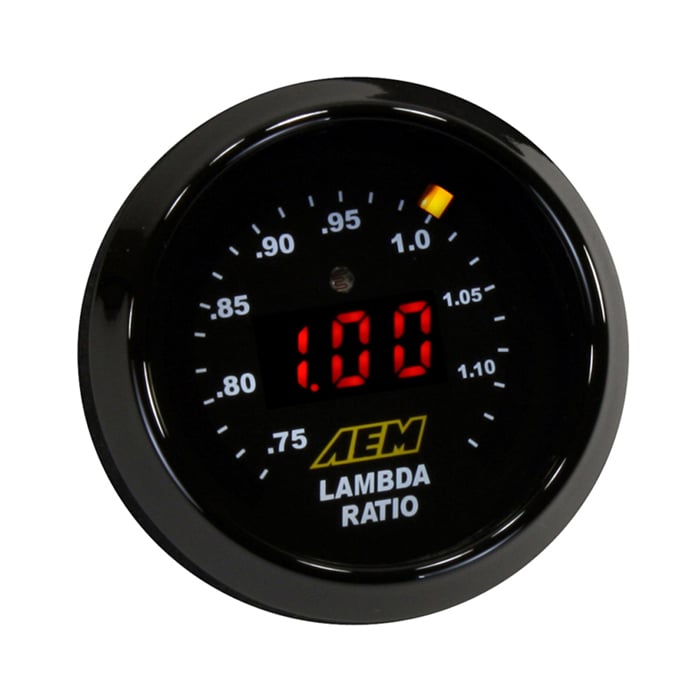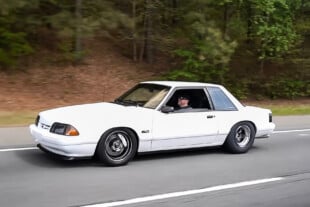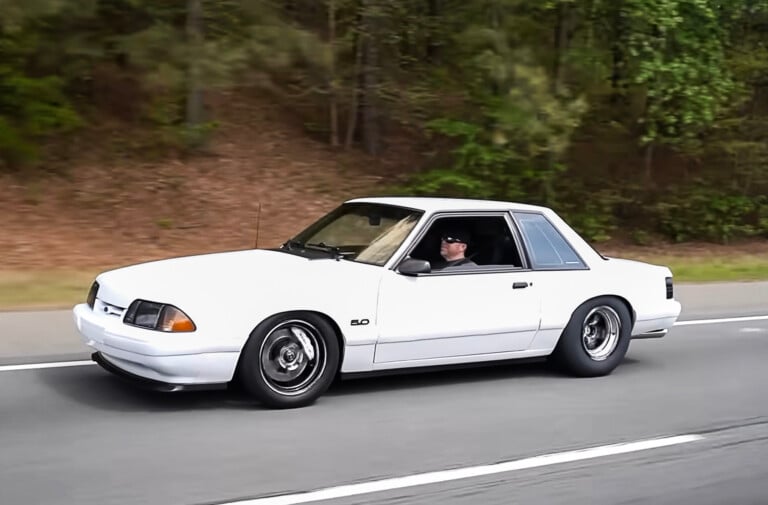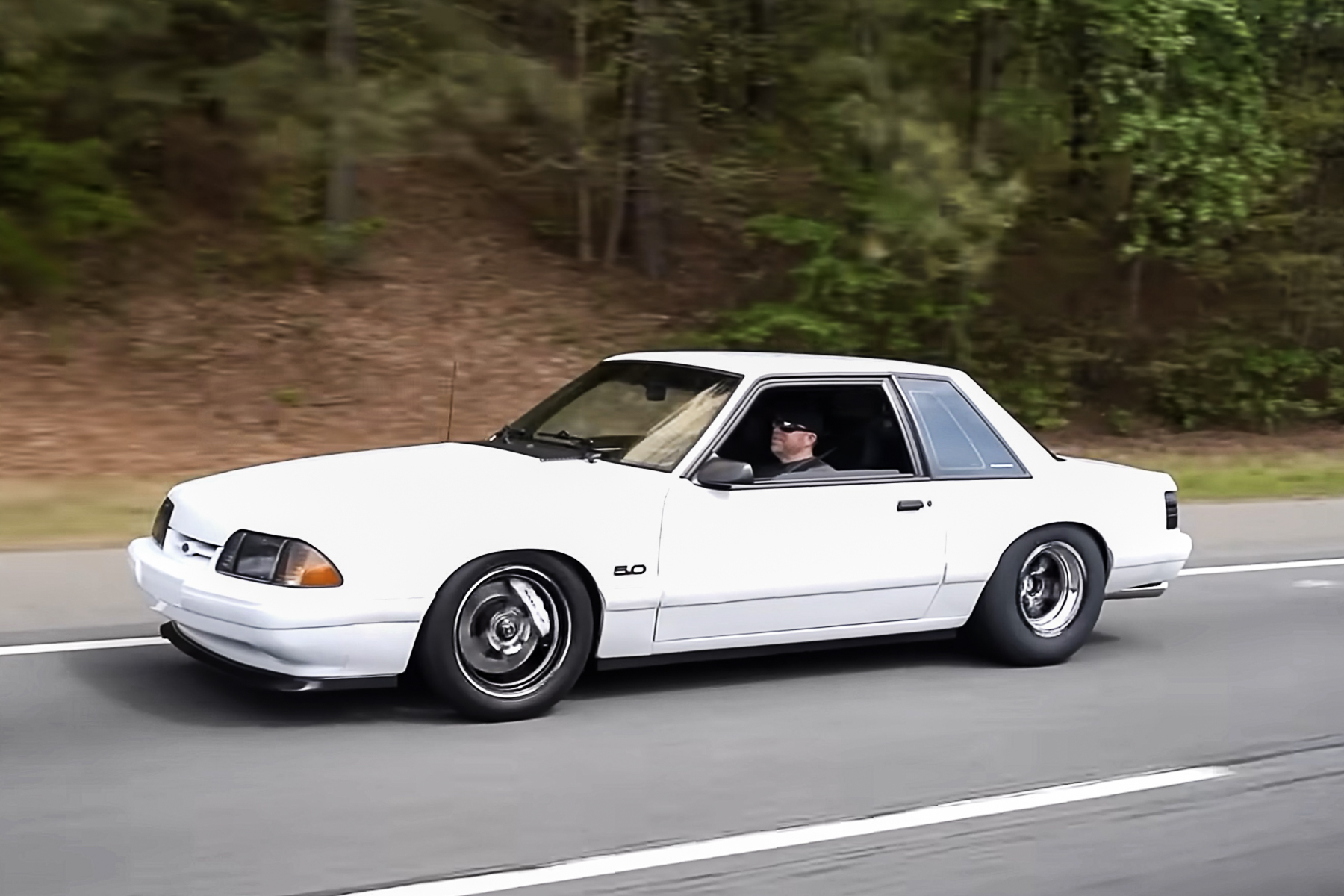Many enthusiasts have a wideband oxygen sensor and air/fuel ratio (AFR) gauge installed at the recommendation of their tuner or friends (if not already factory equipped), but don’t fully understand how to interpret the readings or what the target value should be under various conditions. Reading a wideband gauge is important for power hungry enthusiasts and not just their tuner. The readings from your wideband give you accurate and valuable insight into how your motor is running at any given time, and once you understand how a wideband gauge works it can also be used as a diagnostic aid in identifying mechanical problems and preventing engine damage.
That Racing Channel posted a great video going over the basics of a wideband sensor and gauge, how to read it and the difference between Lambda and AFR readings.
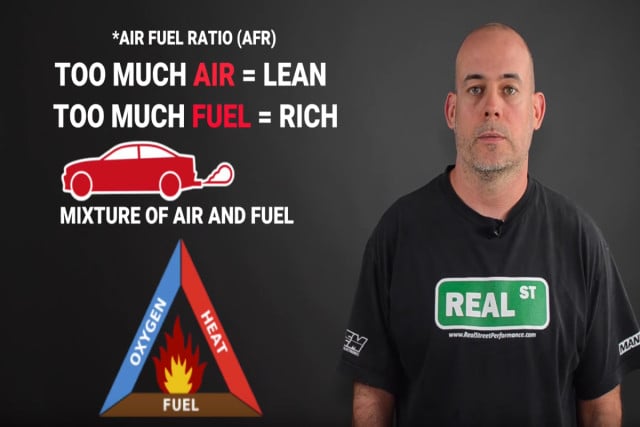 The exhaust gases produced by your engine are a mixture of air and fuel. When there is too much air present in the mixture, it is referred to as lean, when there is too much fuel it is considered rich and when just the right amount of air is used and produces a complete burn, it is referred to as a stoichiometric ratio (stoich).
The exhaust gases produced by your engine are a mixture of air and fuel. When there is too much air present in the mixture, it is referred to as lean, when there is too much fuel it is considered rich and when just the right amount of air is used and produces a complete burn, it is referred to as a stoichiometric ratio (stoich).
A wideband oxygen sensor is very accurate when at operating temperature and has a 0-5 volt output range, which the gauge will convert to a value ranging from 10.0:1-19.0:1. A factory narrowband oxygen sensor communicates directly with the ECU and only has an output of 0-1 volt, which will only read a small range that deviates from stoich and not an actual air/fuel value.
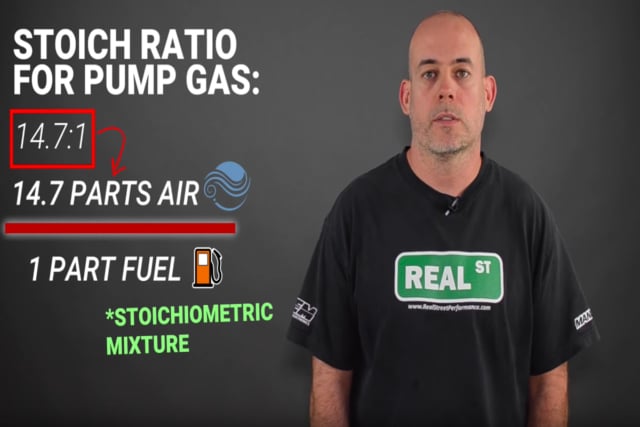 On modern factory ECU controlled vehicles, when at idle or a steady cruise the ECU will be in closed loop operation. When running in closed loop, the ECU uses the factory narrowband oxygen sensor to automatically try to maintain a stoichiometric mixture. This stoich mixture produces the most complete burn, increasing fuel economy and reducing emissions.
On modern factory ECU controlled vehicles, when at idle or a steady cruise the ECU will be in closed loop operation. When running in closed loop, the ECU uses the factory narrowband oxygen sensor to automatically try to maintain a stoichiometric mixture. This stoich mixture produces the most complete burn, increasing fuel economy and reducing emissions.
Because the stoich AFR mixture changes with the type of fuel being used, many people become confused when their wideband gauge displays the wrong AFR targets for their fuel choice. This is because your wideband oxygen sensor is only designed to read the oxygen content of the exhaust gases and doesn’t care what fuel is being used. The gauge then receives the data in a universal scaling called lambda, which the gauge then converts to a gasoline scaled AFR range.
A lambda scale generally reads from 0.75-1.15 on a wideband gauge and no matter what fuel is being used the stoich lambda target will always be 1.00. So, unless you have memorized the conversion from a gasoline AFR scale to the scaling of your fuel choice, it is generally recommended to reconfigure your wideband gauge to display in lambda when running alternative fuels to avoid any confusion.
Left: Wideband gauge displaying a stoich AFR in its converted gasoline scaling. Right: Wideband displaying a stoich reading in its native lambda scale.
There are some enthusiasts that will over react under certain driving conditions because they don’t know how to interpret what their wideband gauge is telling them. Here is a generalized guide to give you a rough idea of where your target AFR or lambda value should be:
-At idle or a steady cruise, it is normal for your gauge to display an AFR value of 14.0:1-15.5:1 or 0.95-1.05 in lambda.
-A naturally aspirated motor under high load will target an AFR value of 12.5:1-13.3:1 or 0.85-0.91 in lambda.
-A forced induction motor under high load will target an AFR value of 11.0:1-12.0:1 or 0.75-0.80 in lambda, depending on the boost level.
-When decelerating, it is normal for your wideband gauge to display a very lean value or top out on the gauge. The reason for this is because when you lift off of the throttle the ECU disables the injectors because your engine doesn’t require fuel to decelerate.
It is always recommended that you communicate any fueling concerns you have with your tuner and have them inform you of the exact AFR targets your car is set for.



